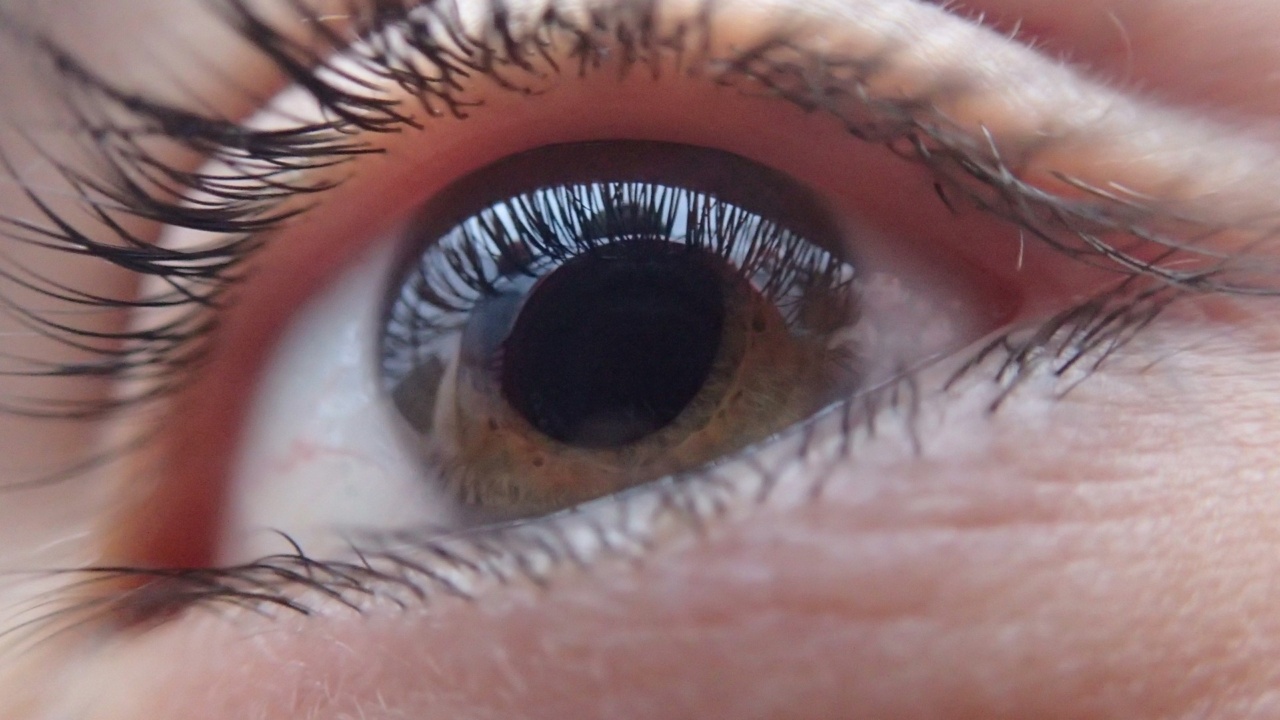Shingles, also known as herpes zoster, is a viral infection characterized by a painful rash. It is caused by the varicella-zoster virus, which is the same virus responsible for chickenpox.
After a person recovers from chickenpox, the virus can remain dormant in the nervous system and reactivate later in life, causing shingles.
Causes of Shingles
The varicella-zoster virus (VZV) is responsible for causing shingles. After a person contracts chickenpox, the virus remains dormant within the sensory nerve cells.
The virus can reactivate years later when the immune system weakens due to factors like aging, stress, or certain medical conditions.
Shingles is not contagious in the sense that it cannot be directly transmitted from one person to another.
However, a person who has never had chickenpox or received the chickenpox vaccine can contract the virus by coming into contact with the fluid from shingles blisters. This will cause chickenpox, not shingles, to develop.
Visual Skin Symptoms of Shingles
One of the key symptoms of shingles is the appearance of a rash, usually on one side of the body or face. The rash typically begins as red patches of small fluid-filled blisters that closely resemble chickenpox.
Over time, the blisters will break open, crust over, and eventually heal.
1. Painful Rash
The rash associated with shingles is known for its intense pain and discomfort. The affected area may become highly sensitive to touch, making activities such as clothing contact or even light pressure painful.
2. Red Patches
Prior to the development of blisters, the skin may appear red and inflamed around the affected area. This redness is often a sign of the impending rash.
3. Fluid-Filled Blisters
Clusters of small, fluid-filled blisters will start to form along the affected nerve pathway. These blisters are similar to those seen during a chickenpox infection.
4. Itching and Tingling Sensation
Before the appearance of the rash, many individuals experience itching or tingling sensations in the affected area. This symptom can occur several days before the rash becomes visible.
5. Breakage and Crusting
As the blisters continue to develop, they may rupture, causing the fluid to leak out. The blisters will then begin to form a crust or scab, which is a natural part of the healing process.
6. Rash Distribution
The shingles rash typically forms a band or belt-like pattern, following the distribution of the affected nerve. It often appears on one side of the torso, but it can also affect the face, eyes, or other parts of the body.
7. Nerve Pain
Due to the involvement of nerves, shingles can cause severe pain in the affected area. This pain can range from mild to excruciating and may persist even after the rash has healed.
8. Skin Discoloration
Once the rash and blisters have healed, the skin in the affected area may be discolored for some time. This discoloration can range from pink to brown and gradually fades over several weeks or months.
9. Eye Complications
When shingles affects the eye area, it can lead to various complications, including eye inflammation, blurred vision, or even vision loss. It is crucial to seek immediate medical attention if you experience any eye-related symptoms.
10. Postherpetic Neuralgia
In some cases, the pain caused by shingles can linger for several months or even years after the rash has resolved. This condition is called postherpetic neuralgia and can be debilitating for some individuals.
Treatment and Preventive Measures
Although there is no cure for shingles, treatment options are available to alleviate symptoms and promote healing. Antiviral medications can help reduce the severity and duration of the outbreak if taken within 72 hours of rash onset.
Pain management techniques, such as over-the-counter pain relievers, numbing creams, or prescription medications, can provide relief from the discomfort associated with shingles.
It is essential to consult a healthcare professional for appropriate pain management strategies.
To prevent shingles or reduce the risk of complications, vaccination is crucial. The shingles vaccine can help boost immunity against the varicella-zoster virus and minimize the likelihood of developing shingles or postherpetic neuralgia.
Additionally, maintaining a healthy lifestyle, managing stress, and practicing good hygiene can contribute to overall immune system strength and reduce the risk of shingles.
Conclusion
Shingles is a viral infection that manifests as a painful, blistering rash. Recognizing the visual skin symptoms associated with shingles is vital for early detection and appropriate management.
While there is no cure for shingles, treatment options and preventive measures can help ease symptoms, expedite healing, and reduce the risk of complications. If you experience any of the visual skin symptoms mentioned, it is recommended to consult a healthcare professional for an accurate diagnosis and appropriate treatment plan.





























